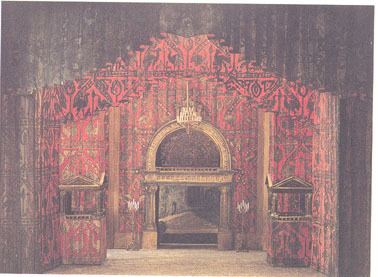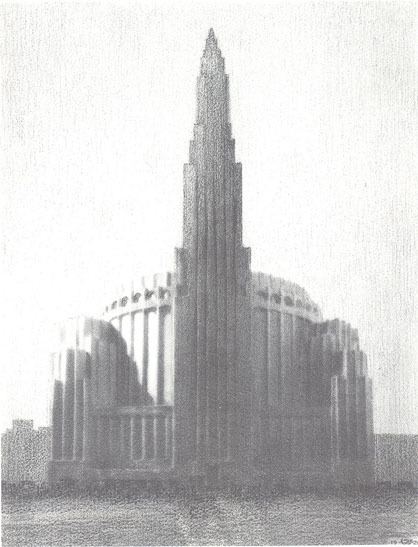Name Joseph Urban Role Architect | Children Gretl Urban Thurlow | |
 | ||
Spouse Mary Porter Beegle (m. 1919–1933) Structures Mar‑A‑Lago, Ziegfeld, Paramount Theatre Building, Mar‑A‑Lago National Historic L Similar People Marion Sims Wyeth, Marjorie Merriweather Post, Florenz Ziegfeld - Jr, Eckhard Jesse | ||
Joseph urban lecture 2011 whitehall lecture series
Joseph Urban (May 26, 1872 – July 10, 1933) was an Austrian-American architect, illustrator and scenic designer.
Contents
- Joseph urban lecture 2011 whitehall lecture series
- Heinrich lefler and joseph urban austrian secession
- Life and career
- Legacy
- Architecture and interior design
- Book illustrations
- References

Heinrich lefler and joseph urban austrian secession
Life and career

Joseph Urban was born on May 26, 1872 in Vienna. Urban received his first architectural commission at age 19 when he was selected to design the new wing of the Abdin Palace in Cairo. He became known around the world for his innovative use of color, his pointillist technique, and his decorative use of line. He designed buildings throughout the world from Esterhazy Castle in Hungary to the Ziegfeld Theatre in New York.

Urban studied architecture at the Academy of Fine Arts Vienna under Karl von Hasenauer. In 1890, he and his brother-in-law, Heinrich Lefler, were among the founders of the Hagenbund. Urban's early work with illustrated books was inspired by Lefler and, together, they created what are considered seminal examples of children's book illustration.

Urban immigrated to the United States in 1911 to become the art director of the Boston Opera Company. He was already an accomplished international architect, illustrator and theatre set designer with over 50 productions from his home Vienna Royal Opera, the Champs Elysée Opera, and Covent Garden. By applying points of primary colors side by side on the canvas backdrops he was able to create and light theatre sets of vivid color reminiscent of the works by Monet or Seurat. In 1914 he moved to New York City, where he designed productions for the Metropolitan Opera and the Ziegfeld Follies; he continued to design for Florenz Ziegfeld, Jr. until 1931. William Randolph Hearst was an important client and supporter. He also co-produced with Richard Ordynski Percy MacKaye's "Community Masque" Caliban by the Yellow Sands.
Beginning in1917, he was frequently engaged as stage designer by the Metropolitan Opera of New York City. In all he created set designs for 47 new productions at the house through 1933. His many designs provided the opera company with a cohesive production style throughout the tenure of General Manager Giulio Gatti-Casazza. Many of Urban's settings remained in the company's repertoire into the 1950s.
Soon his sets and innovative lighting caught the eye of Florenz Ziegfeld, Jr., who hired him to design the Follies in the 1920s. Urban went to work creating a stunning night-club with glass balconies, a moving stage, and rainbow lighting effects. This Danse de Follies soon became a blend of ideas and talent before serving in the Follies theatre. Urban has success after success in his creating of the Follies’ sets, and William Randolph Hearst , a media tycoon, took notice and wanted to hire Urban to work on his films starring Marion Davies, his mistress, and previous Follies starlet. Hearst came to an understanding with his friend Ziegfeld that Urban’s work for him would not interfere with any of the Follies production. Urban worked on 25 films over the years. He also co-produced with Richard Ordynski Percy MacKaye's "Community Masque" Caliban by the Yellow Sands.
Urban died July 10, 1933, of a heart attack at his apartment at the St. Regis Hotel in Manhattan, where he had been convalescing following surgery in May.
Legacy
Urban was one of the originators of the American Art Deco style. Most of his architectural work in the United States has been demolished. Extant buildings include the Mar-a-Lago in Palm Beach, Florida; The New School building in New York City; and the base of the Hearst Tower in New York City. The stage lighting gel Roscolux Urban Blue #81, still used today, is named for him.
Architecture and interior design
This partial list omits unrealized projects.
